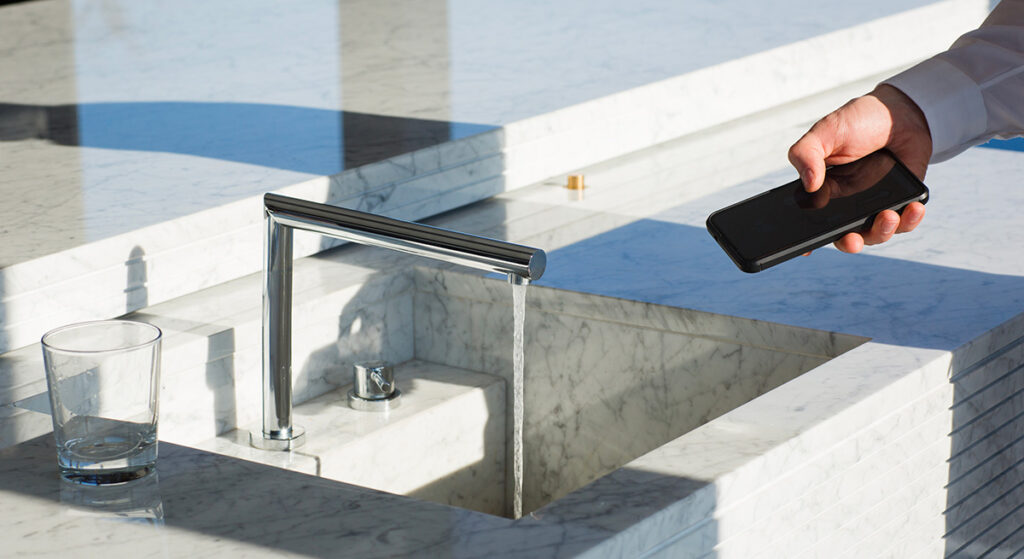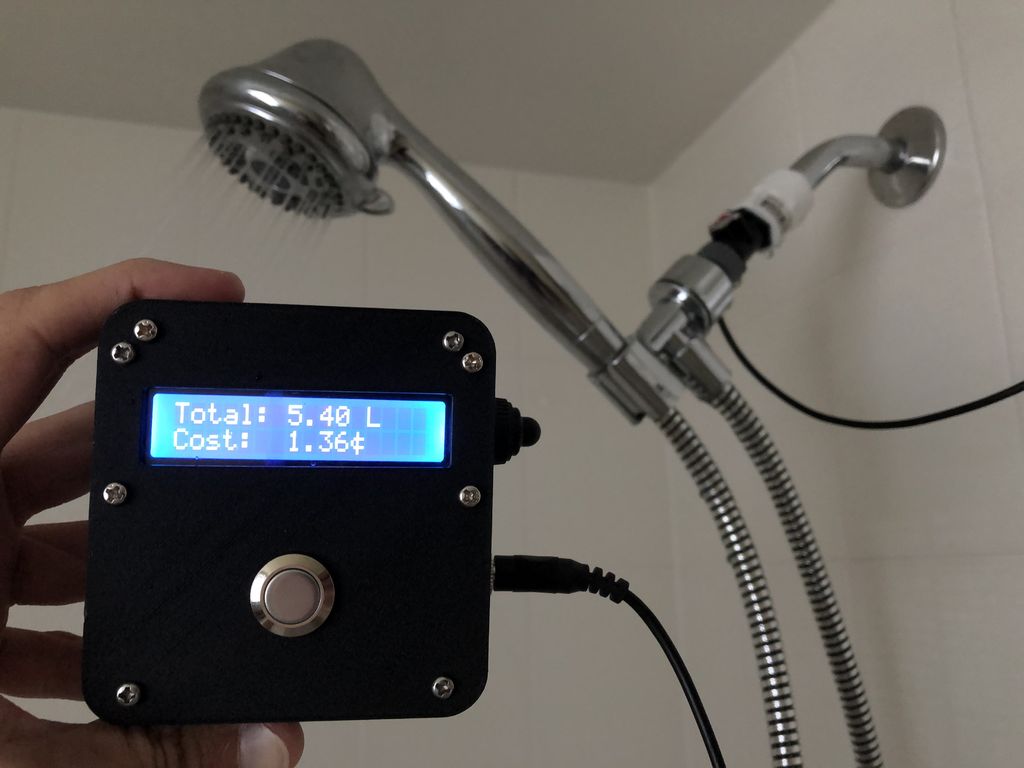17

What’s the most important substance in the world? After the air we breathe, the answer is almost certainly water. We need it to live, we can’t go more than a few days without it, and it makes up about 60% of our bodies.
All this just makes it even more worrying that in many parts of the world, running out of water is a very real problem. As time goes on, the global population grows, and the effects of climate change continue, water shortages around the world will become even more of a challenge.
What can we do? One of the tools in our toolbox here is automation. Used right, it can help us manage our water supplies better and ensure as many people as possible have access to plentiful safe water. It’s even possible to employ automation in our own homes, using tools like Arduino and the Arduino Cloud and to better manage our water consumption, eliminate any wastage, and save on bills.
Why is water conservation so important?
Even though the planet is 70% water, less than 2% of that is freshwater, and even less is clean and drinkable.
One in six people globally has no access to clean water, which puts them at enormous risk for all kinds of waterborne diseases. And the problem is getting worse — the UN has predicted that water shortages will affect almost 20% of the human population by 2025.
As a result, it’s incredibly important to conserve the clean water we do have and ensure it stretches as far as possible. Here’s why:
- Saving water ensures communities are prepared in the event of droughts and other water shortages. Managing our water usage and conserving an appropriate amount when times are good gives us a valuable buffer when times are hard.
- Conserving water helps avoid the political unrest and even conflict that can arise when people have to compete for the same inadequate amount of water.
- In developed countries, conserving water more efficiently helps protect against rising costs.
- Transporting and cleaning water requires a lot of energy. By reducing our usage, we limit the environmental cost of all this work.
How can automation help save water?
The concept of using automation to save water is not new. In fact, there are many innovative projects already in place around the world, and as time goes on they look set to continue. Let’s take a look at some of the most interesting ways automation is being used to save our water.
Irrigation sensors
Irrigation — the process of artificially adding water to soil — is a critical part of modern-day farming. It enables us to keep crops watered on a consistent basis, ensuring large-scale farms that can feed entire populations.
However, despite its necessity, irrigation comes at a cost — it uses a huge amount of water. If we can find ways to manage our irrigation systems more efficiently, minimizing waste, we stand to save a lot of H2O.
Enter automated irrigation. This relies on using sensors in the soil to detect when water is needed and trigger irrigation systems only when the levels are low enough to warrant it. This ensures water is used only when needed, helping us conserve much more.
Manage water infrastructure more efficiently
Cities are incredibly complex beasts — huge networks of various different processes and systems to keep the lights on, the trains running… and the water flowing.
Ensuring everyone gets constant access to clean water is a monumental task, and often results in inefficiencies and wastage.
The St. George Water Services Department in Washington County, Utah, decided to introduce automation tools to manage their water systems more efficiently. They did this via a radio network that transmitted sensor data from across the entire district, giving them newfound visibility into their water systems and allowing them to minimize wastage and optimize the water cycle for more than 80,000 people in the city of St. George.
Home automation
Conserving water isn’t something you have to leave to governments and other big organizations. You can start using automation to optimize your water usage at home, saving money on energy bills and doing your bit for the environment.
One example is water sensors, which can detect the level of water in your tank and automatically alert you when they’re running low. They can also automatically turn off the water supply when it isn’t needed.
Another example is detecting leaks — you can install simple sensors that notify you when water is leaking, for example through damaged pipes. This can not only damage your home but also lead to large avoidable costs.

Community members have come up with several DIY solutions based on Arduino hardware to help keep tabs on water consumption and avoid wastage. Some of those examples include LiamOSM’s shower monitor, Naveen Kumar’s running faucet alarm, and Manivannan Sivan’s leak detector.
The Arduino Project Hub is filled with examples of home automation systems just like this one. Conserving water in your home is one of many incredibly useful ways to deploy automation, and can be done with only a few components and some basic knowledge.
Visit our Home Automation website to find out more about how Arduino works and how you can get started.
The post Can automation help save water? appeared first on Arduino Blog.

 Its operation is straight forward. You put a water sensor in the dirt. You turn on the water. When the water hits the sensor, you turn the water off. This was not, however, the most efficient method. The problem is by the time the sensor goes off, the soil is saturated to the point that the plant cannot take it all up, and water is wasted.
Its operation is straight forward. You put a water sensor in the dirt. You turn on the water. When the water hits the sensor, you turn the water off. This was not, however, the most efficient method. The problem is by the time the sensor goes off, the soil is saturated to the point that the plant cannot take it all up, and water is wasted.





